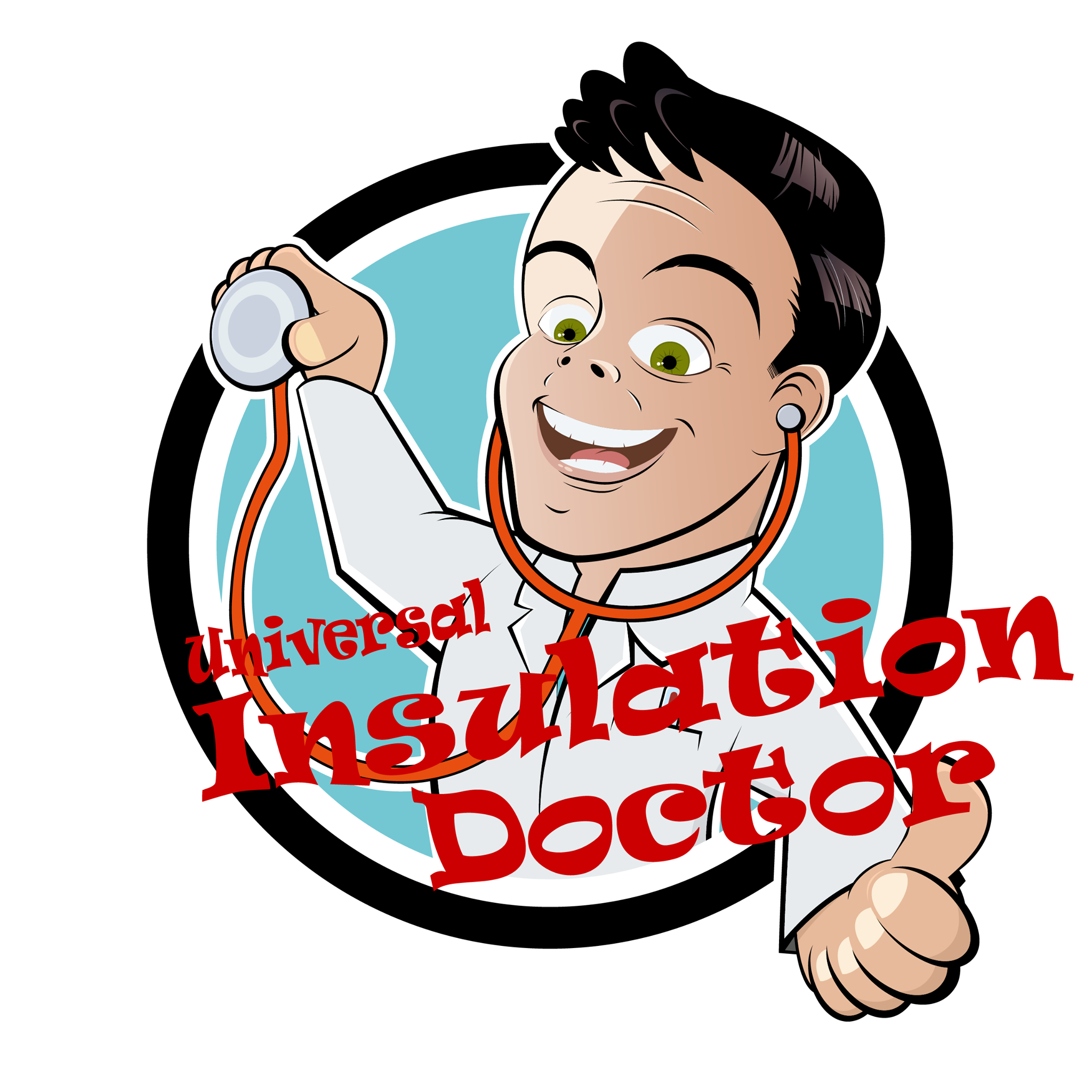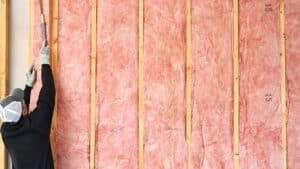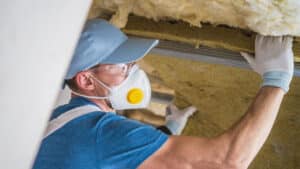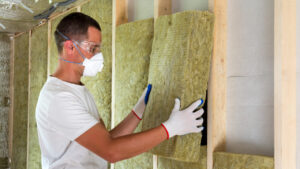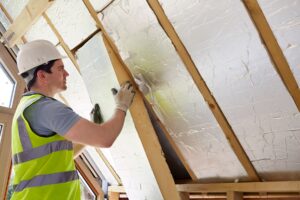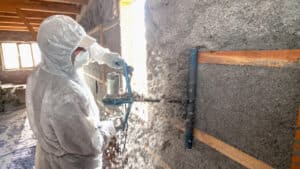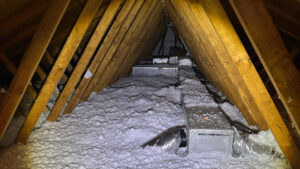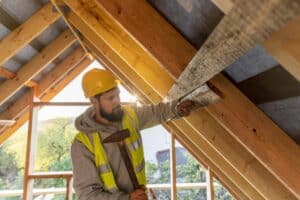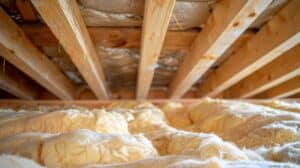Are you wondering how much it will cost to insulate your Norfolk home? Understanding the factors that influence the costs of insulation installation in Norfolk can help you make informed decisions and potentially save money. This guide explores key elements like project scope, material selection, and installation location that affect pricing.
We’ll also discuss cost-saving strategies and compare professional installation with DIY options. By the end, you’ll have a clear picture of what to expect when budgeting for insulation, whether it’s for your attic or other areas of your home.
What are the Factors Influencing the Cost of Insulation Installation?
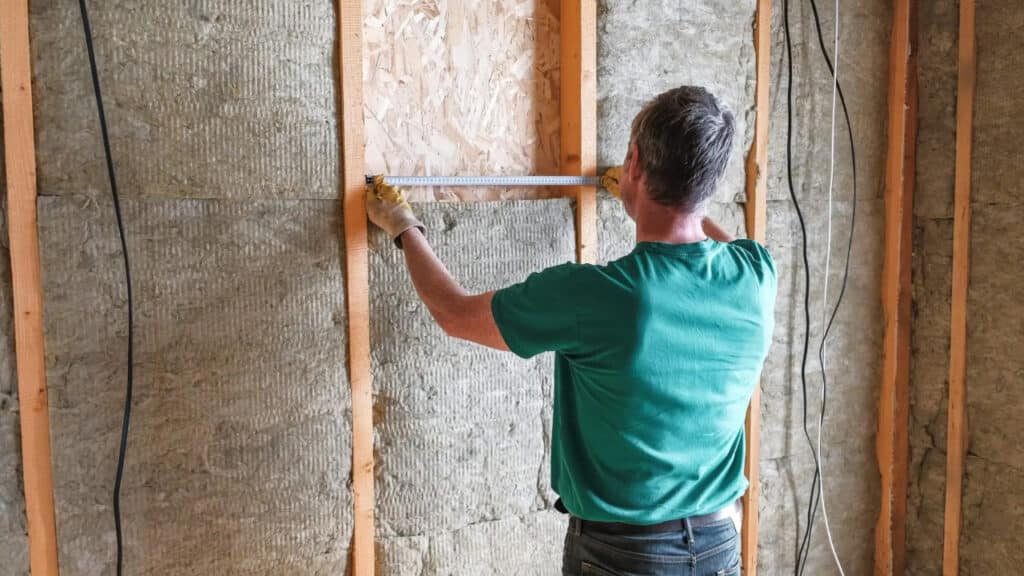
Several key factors influence the cost of insulation installation in Norfolk, making it essential to understand what affects pricing before starting your project.
Project Scope
The project scope for insulation installation in Norfolk encompasses various aspects of thermal protection for homes and buildings. This includes assessing and insulating crawl spaces, applying spray foam in strategic areas, and enhancing overall thermal insulation to improve energy efficiency.
A comprehensive insulation project typically involves evaluating the existing insulation, identifying areas of heat loss, and determining the most effective solutions. The scope may include insulating walls, attics, floors, and crawl spaces to create a complete thermal envelope that reduces the workload on air conditioning systems.
The project scope also considers the long-term impact on utility costs and comfort. Here’s a breakdown of typical insulation project components:
| Project Component | Description | Impact |
|---|---|---|
| Crawl Space Insulation | Moisture barrier and insulation installation | Improved air quality and energy efficiency |
| Spray Foam Application | Air sealing and insulation in hard-to-reach areas | Enhanced thermal barrier and moisture control |
| Attic Insulation | Adding or replacing insulation in attic spaces | Reduced heat transfer and lower utility costs |
| Wall Insulation | Filling wall cavities with insulation material | Improved thermal regulation and sound dampening |
Material Selection
In Norfolk, homeowners have various insulation materials to choose from, each affecting installation costs differently. Fiberglass remains a popular option due to its cost-effectiveness and ability to reduce heat transfer. Other materials like cellulose and spray foam offer unique benefits but may come at a higher price point.
The selection of insulation material significantly impacts a project’s efficiency and overall cost. While fiberglass batts are less expensive initially, spray foam’s superior air-sealing properties can lead to greater energy savings over time. Spray foam insulation has an R-value of up to 7 per inch compared to fiberglass’s 3.8 per inch, making it significantly more effective at insulating. Homeowners must weigh the upfront costs against long-term benefits when making their selection.
Climate considerations in Norfolk, such as humidity and the 0potential for air leaks, play a crucial role in material choice. Closed-cell spray foam is particularly effective in moisture-prone areas as it creates a complete moisture barrier.
Some materials perform better in moist environments, while others excel at preventing air infiltration. The right selection can enhance a home’s energy efficiency and comfort levels, potentially offsetting higher initial costs through reduced energy bills.
Installation Location
The installation location significantly influences insulation costs in Norfolk homes. Cavity wall insulation proves cost-effective for many properties, effectively reducing heat loss through exterior walls. Proper installation ensures optimal performance of heat pump systems, enhancing overall energy efficiency. Up to 33% of all heat loss in a home occurs through uninsulated walls.
Attic insulation often presents a more straightforward installation process, potentially lowering costs compared to wall insulation. However, installing insulation in walls, particularly those with existing finishes, may require additional labor and materials, impacting the overall expense. Safety considerations also play a crucial role in determining installation methods and costs.
Basements and crawl spaces present unique challenges for insulation installation. These areas often require specialized materials and techniques to address moisture concerns and prevent heat loss.
Crawl space insulation is particularly important as up to 50% of the air inside your home comes up from the crawl space. The complexity of accessing and properly insulating these spaces can contribute to higher installation costs compared to more accessible areas of the home.
Additional Services
Insulation projects in Norfolk often involve additional services that can impact the overall budget. These may include mold and mildew remediation, particularly in damp spaces like crawl spaces or basements. Addressing these issues before insulation installation is crucial to prevent future problems and ensure the effectiveness of the insulation.
Proper air sealing is another essential service that complements insulation installation. This process reduces air leakage and improves the overall energy efficiency of the space. While it may increase initial costs, air sealing can significantly enhance the performance of insulation and lead to long-term energy savings.
For new construction or major renovations, contractors may offer comprehensive energy assessments to identify areas of heat loss and optimize insulation placement. In Norfolk, professional energy audits can identify issues such as insufficient insulation, drafty windows and doors, leaky ducts, improperly sized HVAC equipment, and air leaks. T
These services can help homeowners make informed decisions about their insulation needs and reduce the risk of over or under-insulating. Many homes built before the 1980s were not required to seal electrical and plumbing penetrations to the attic and crawl spaces, which can result in dozens of costly air leaks.
| Additional Service | Purpose | Impact on Cost |
|---|---|---|
| Mold Remediation | Eliminate health hazards | Increases upfront costs |
| Air Sealing | Improve energy efficiency | Moderate increase, long-term savings |
| Energy Assessment | Optimize insulation strategy | Initial investment, potential cost savings |
Cost Considerations to Reduce Installation Costs
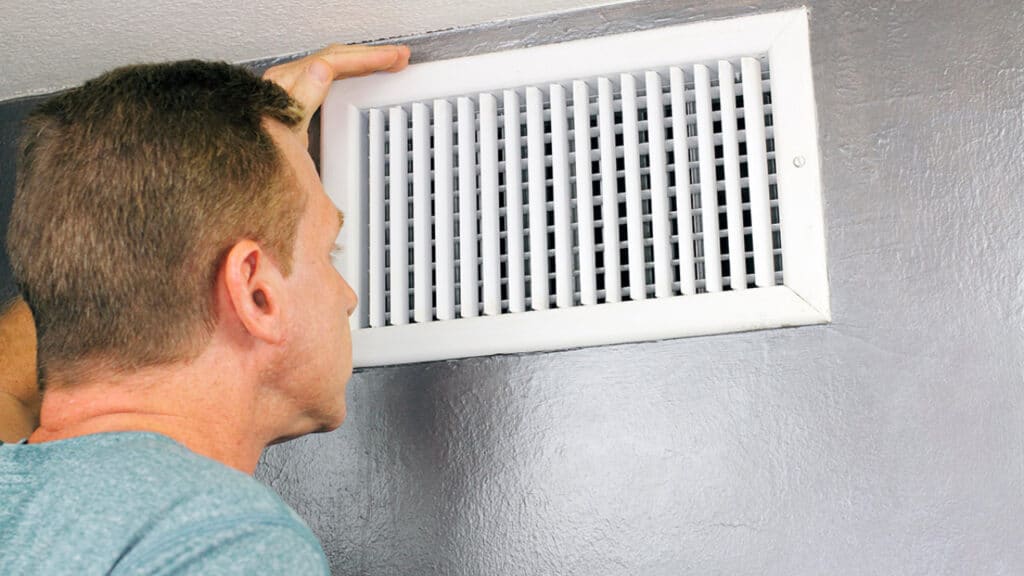
Norfolk’s climate plays a significant role in insulation costs, with humidity and temperature fluctuations affecting material choices and installation methods. Building inspections can identify areas where insulation is most needed, potentially reducing overall costs by targeting specific problem areas.
Homeowners in Virginia can reduce installation costs by choosing the right time for their project. Off-peak seasons often offer better rates from contractors. Additionally, preparing the space before installation can minimize labor costs:
- Clear attic or crawl space of debris
- Repair any water damage or leaks
- Ensure proper ventilation is in place
Customers can also explore energy-efficiency programs offered by local utilities or government agencies in Virginia. These programs may provide rebates or incentives for insulation upgrades, effectively lowering the overall cost of installation.
Professional vs DIY
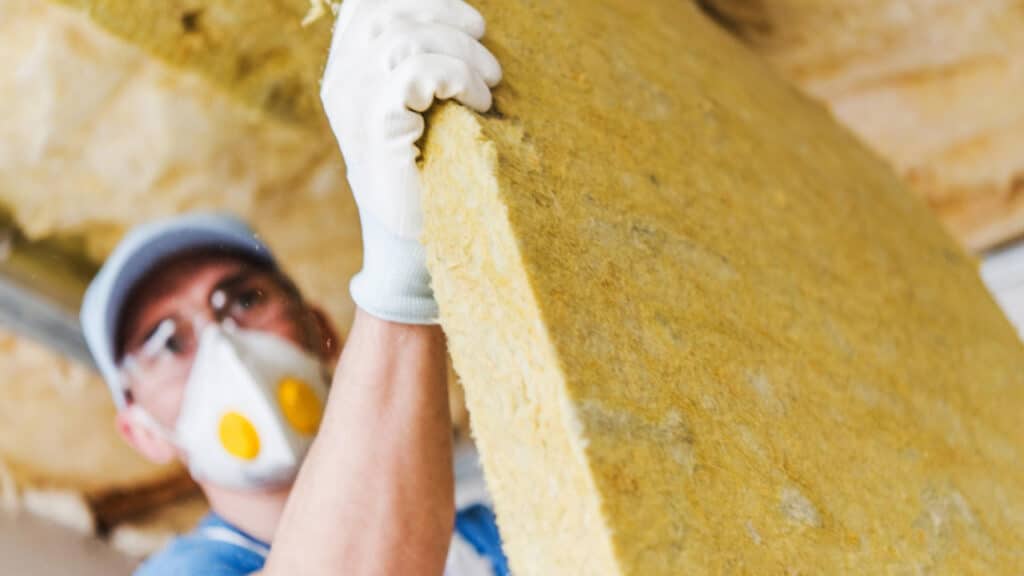
Professional insulation installation in Norfolk offers expertise and efficiency, potentially reducing long-term expenses associated with energy costs. Trained technicians can properly install insulation around complex systems like heat pumps, ensuring optimal performance and energy savings.
DIY insulation projects may seem cost-effective initially but can lead to unforeseen issues if not done correctly. Improper installation can result in mold growth or reduced effectiveness, negating potential energy savings and requiring professional intervention later.
While professional installation represents a larger upfront investment, it often proves more environmentally friendly and cost-effective over time. Experts can recommend and properly install the most suitable, energy-efficient materials for Norfolk’s climate, maximizing the insulation’s performance and longevity.
Universal Insulation Doctor’s Professional Insulation Services
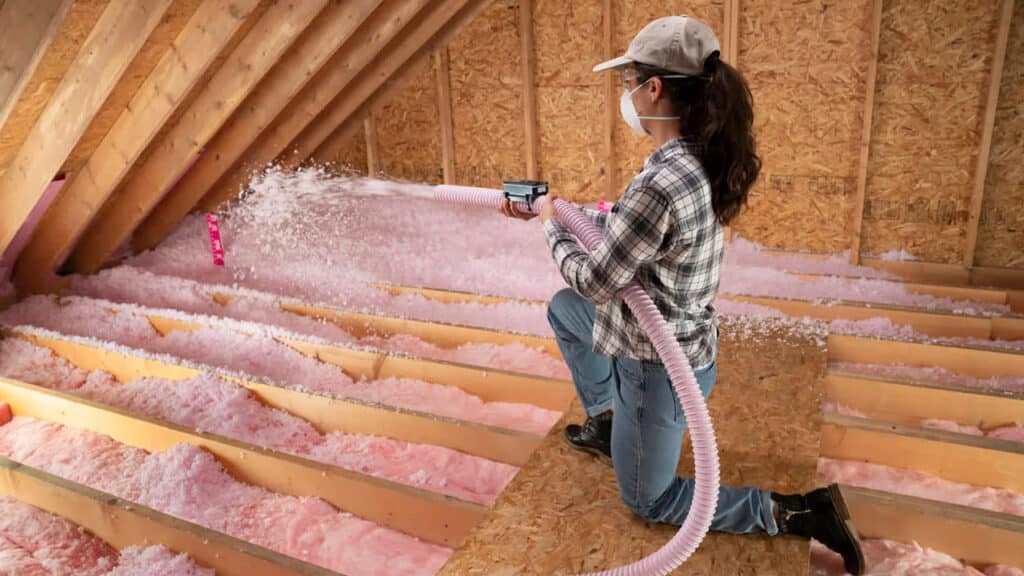
At Universal Insulation Doctor, we specialize in insulations that improve your home’s energy efficiency and comfort. Our expert residential insulation team ensures compliance with Virginia’s building codes while providing safe, high-quality insulation solutions.
With over a decade of experience serving insulation in Norfolk and surrounding areas, we take pride in our A+ Better Business Bureau rating and dedication to excellence and customer satisfaction. Our recent project was in Botany Village near American Institute – Clifton along Center St and Arthur St.
From enhancing attic insulation to addressing soundproofing needs, we’re here to make your home more energy-efficient and eco-friendly.
Contact Universal Insulation Doctor today at 757-962-0340 to schedule your consultation and upgrade your home!
Frequently Asked Questions
How does the project scope affect insulation installation costs in Norfolk?
Project scope significantly influences insulation installation costs in Norfolk. Larger areas require more materials and labor, increasing expenses. Factors like insulation type, accessibility, and additional services (e.g., air sealing) also impact the overall cost. Homeowners should consider long-term energy savings when evaluating project scope and budget.
What role does material selection play in determining insulation installation expenses?
Material selection significantly impacts insulation installation costs. Higher-quality materials typically offer better performance but come at a higher price. Factors like R-value, durability, and ease of installation also influence overall expenses. Choosing the right material balances effectiveness and budget constraints.
How does the installation location impact the overall cost of insulation?
The installation location significantly affects insulation costs. Harder-to-reach areas like attics or crawl spaces require more labor and time, increasing expenses. Accessible locations, such as open walls during construction, are generally less costly to insulate due to easier access and simpler installation processes.
What additional services might increase the price of insulation installation?
Several factors can increase the cost of insulation installation. These include removing old insulation, addressing mold or pest issues, upgrading ventilation systems, air sealing, and choosing premium insulation materials. The complexity of the installation area and any necessary repairs to walls or attics may also affect the final price.
Is it more cost-effective to hire professionals or attempt DIY insulation installation?
Professional insulation installation typically offers better long-term value despite higher upfront costs. While DIY may seem cheaper initially, professionals have the expertise, equipment, and access to quality materials to ensure proper installation, maximizing energy efficiency and avoiding potentially costly mistakes or safety hazards.
